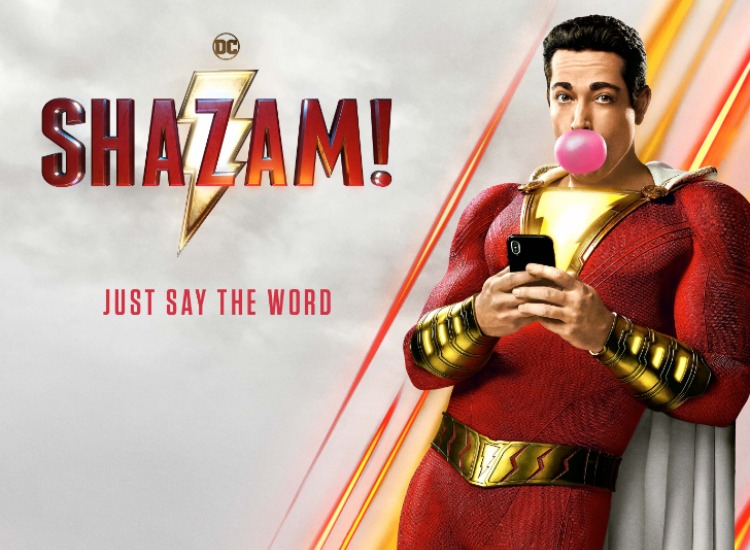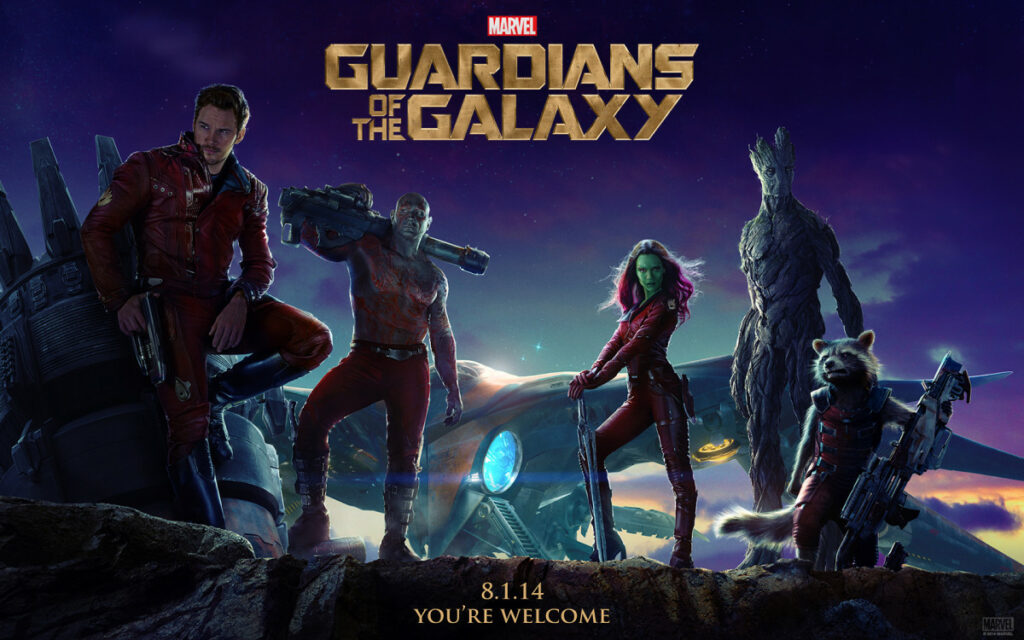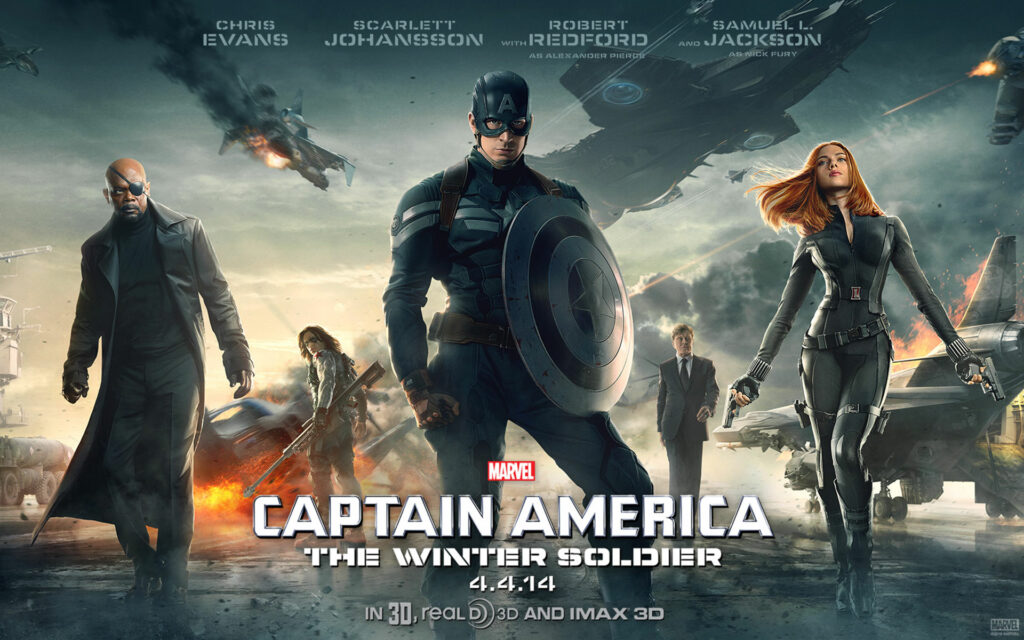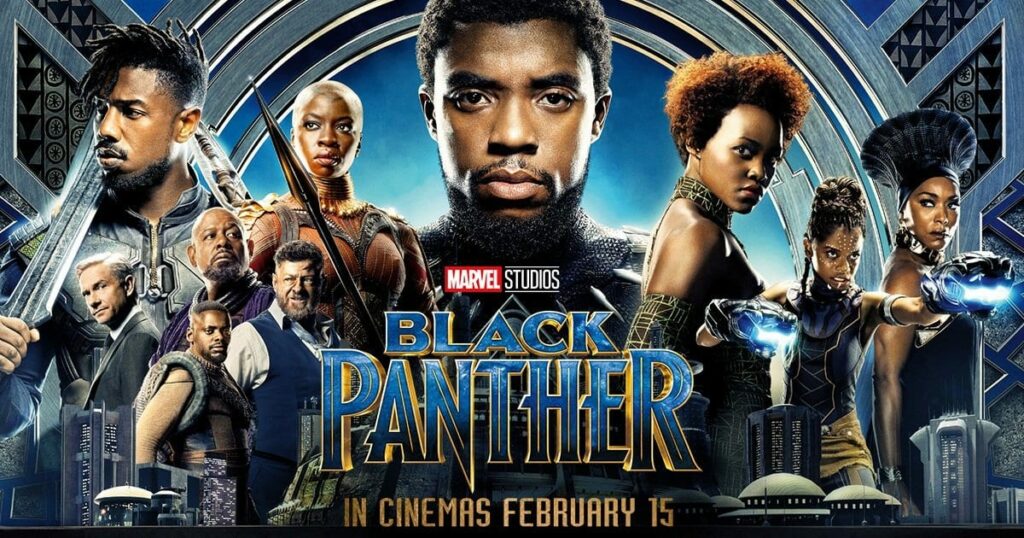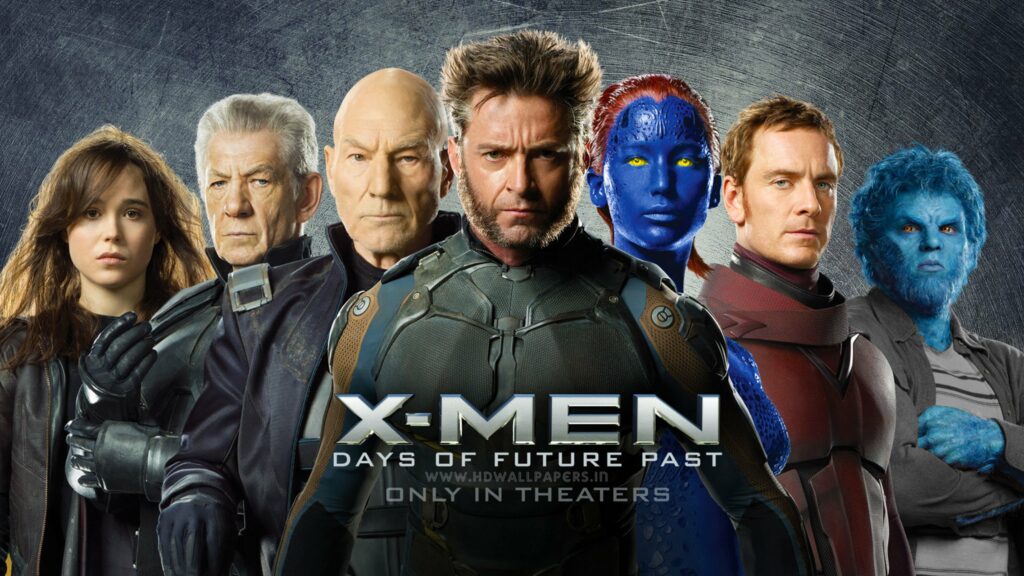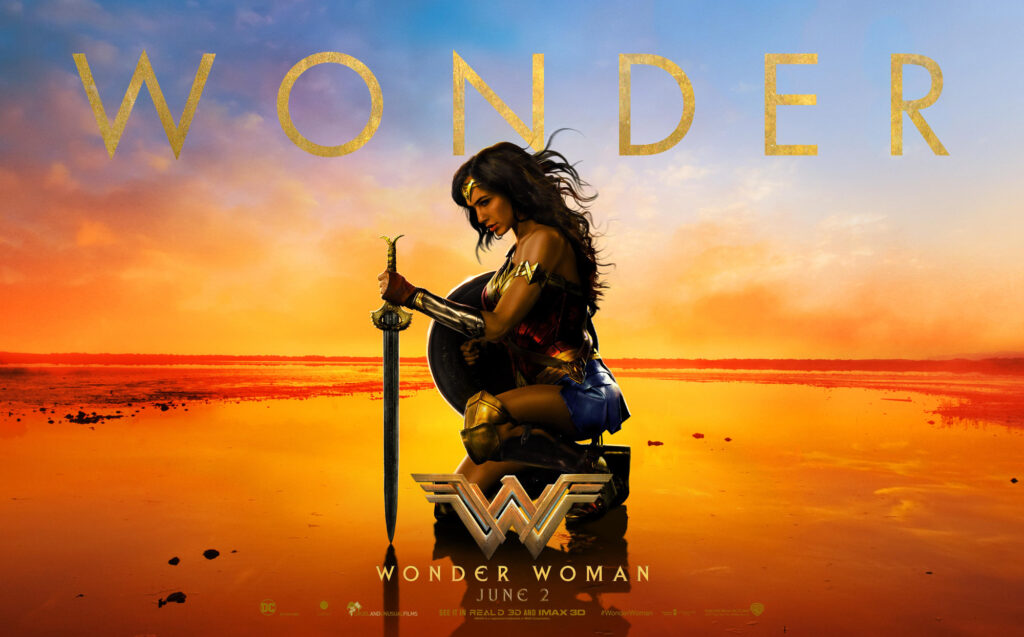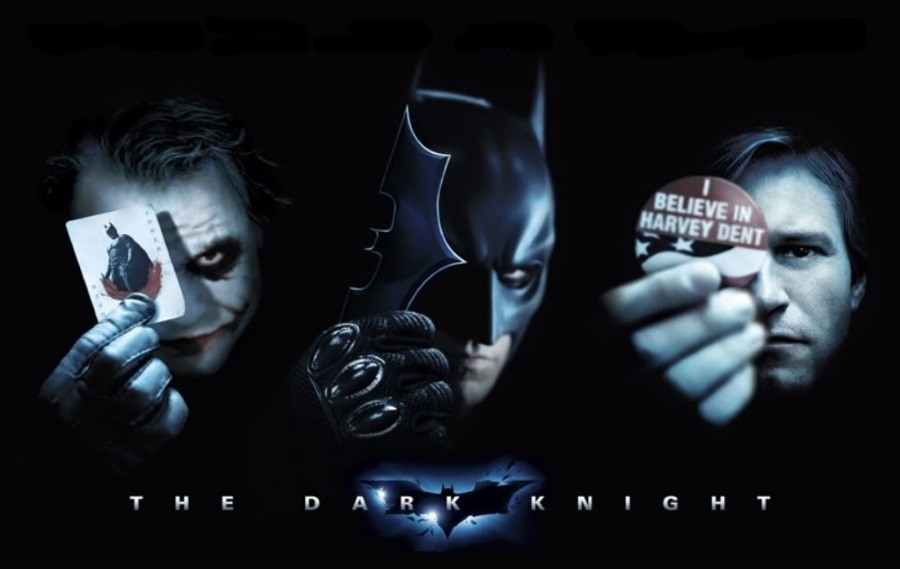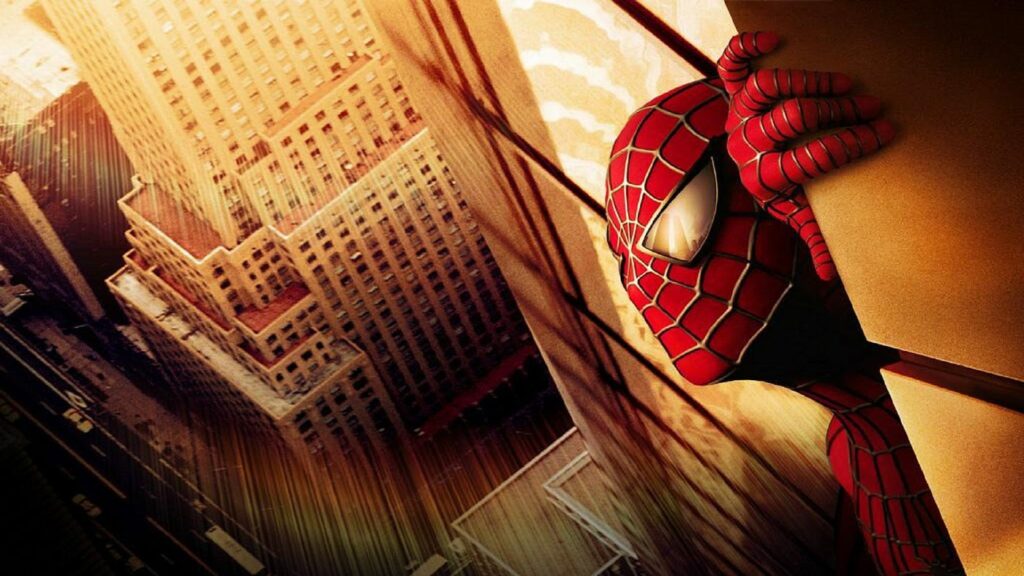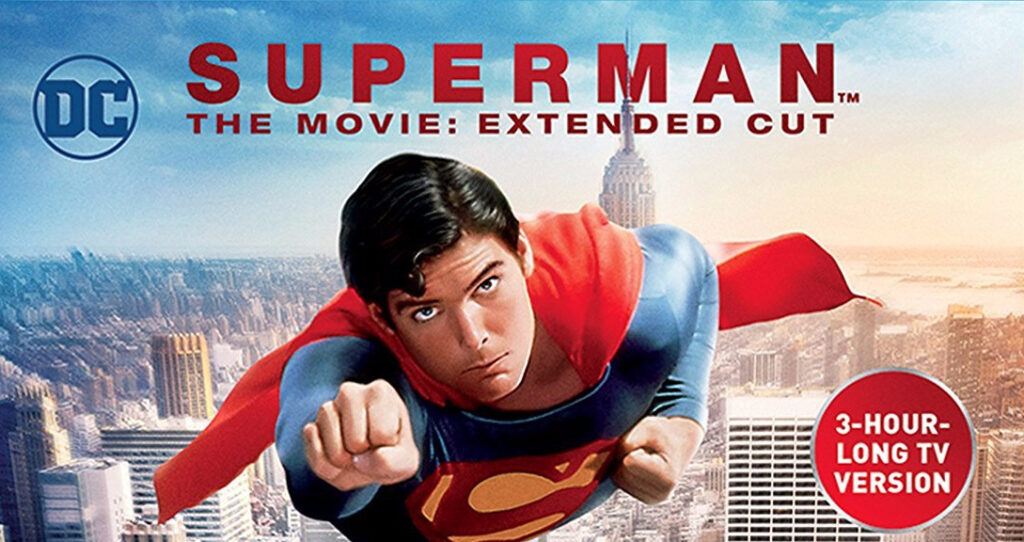
“Superman: The Movie (1978): A Cinematic Triumph that Soared to New Heights”
Introduction:
“Superman: The Movie,” directed by Richard Donner, marked a groundbreaking moment in cinematic history. Released in 1978, it brought the beloved superhero to the big screen in a way that captivated audiences worldwide.
Setting the Stage for Superhero Films:
The film’s significance lies not only in its portrayal of the iconic character but also in how it set a precedent for superhero movies to come. Before the era of CGI and modern effects, “Superman: The Movie” captured the imagination of audiences through its earnest storytelling and memorable performances.
Christopher Reeve’s Iconic Portrayal:
Central to the film’s success was Christopher Reeve’s portrayal of Superman. His embodiment of both Clark Kent and the Man of Steel brought depth and humanity to the character, elevating the film beyond a mere superhero spectacle.
Impact on Popular Culture:
“Superman: The Movie” wasn’t just a box office success; it became a cultural phenomenon. It introduced audiences to the idea that superheroes could be taken seriously on the silver screen, paving the way for future comic book adaptations.
Technical Achievements and Legacy:
The film’s special effects and storytelling techniques were groundbreaking for its time. It showcased Superman’s powers with practical effects, leaving a lasting impression on audiences and filmmakers alike.
Conclusion:
“Superman: The Movie” remains a testament to the power of storytelling and the enduring legacy of a beloved superhero. Its impact on the genre is undeniable, solidifying Superman’s place as a cinematic icon and setting the stage for the superhero-dominated landscape of today’s film industry.
Also read
